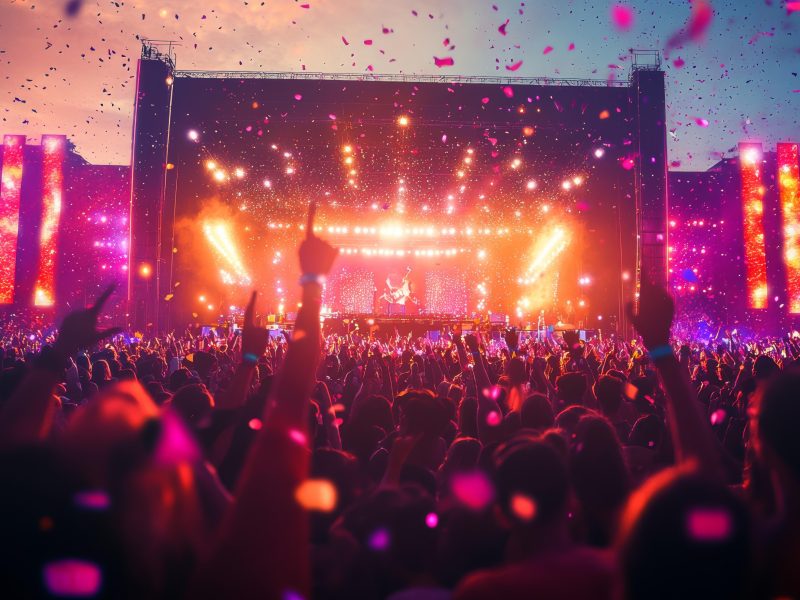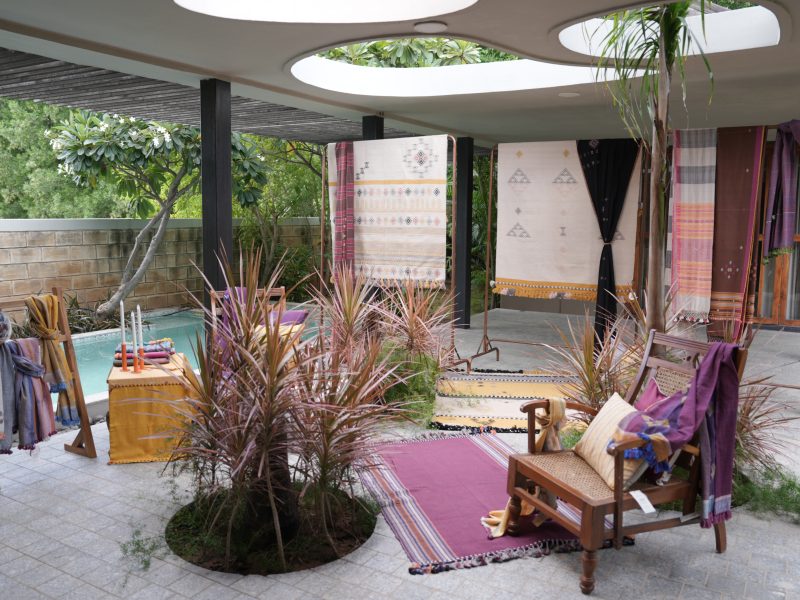Learning Indian classical music elevates the senses and helps you attain greater consciousness. But be ready for a rough ride if you want to make a career out of it
Bharat Ratna Lata Mangeshkar learnt Hindustani Classical at the age of five from her father Dinanath Mangeshkar and later received formal training under Ustad Aman Ali Khan. Even though she was synonymous with Hindi film music, she could sing everything from a bhajan to a ghazal to a patriotic to a romantic song effortlessly. Mangeshkar rose to the dizzying heights of success in her musical career, recording songs in as many as 36 languages and across genres, but her base was classical music.
The origins of Indian classical music date back to the Vedic era over 6,000 years ago, where chants developed a system of musical notes and rhythmic cycles. Most of the Indian classical music has generally been passed down in an oral tradition where the knowledge is received directly from the Guru’s mouth, not from textbooks.
Says Durga Jasraj, founder Pandit Jasraj Cultural Foundation: “For me, listening is the biggest and foremost guru. The most important thing about imbibing good music is your exposure to it. If you wake up every morning listening to your nani or dadi singing bhajans or father playing the sitar before going to work, then you will automatically get drawn towards music. If you have been listening to Hanuman Chalisa since early childhood, then even after 25 years when you listen to the same Hanuman Chalisa, tears will roll down your cheeks, because it will bring back that era. Music has amazing muscle memory and you will start humming it as a natural instinct. If your exposure begins at home, then that is simply great. Else everyone has access to YouTube, offline (live) and online concerts.”
About Indian classical music
There are two distinct traditions divided geographically between North and South India. They have similar roots and concepts but different instruments are used. For instance, sitar, tabla, sarod, sarangi, bansuri, harmonium are common Hindustani classical music instruments while the veena, mridangam, khanjira and ghatam are the primary Carnatic music instruments.
But there are some differences between Hindustani and Carnatic. Vidya Shah, who was initially trained in the latter, and then received guidance in the former, gives a perspective. She says the difference between the two is a vast area of study in itself. But if one would look at some key aspects, Hindustani music traces its origin way back to the Vedic period, where you see references like the Sangeet Ratnakara. Carnatic music really gained momentum in the Bhakti movement, especially with the presence of the trinity of Tyagaraja, Shyama Shastri and Muthuswami Dikshitar.
Says Shah: “In Hindustani music, you have khayal and you have dhrupad. The bandish is not so extensive and it has Sthayi and Antara. And you can develop the khayal into 40 minutes or even an hour. So, your structure is relatively limited and your improvising is what your music rests on. Khayal literally means imagination, or one which is creatively evolving and is an abstraction. Technically the bandish is shorter and it’s relatively limited in the role that it plays but it is the improvising that is the defining feature for khayal.”
Carnatic is composition-heavy and Kriti is the central defining aspect, which in some ways is comparable to a bandish. Within the Carnatic music tradition, you have many other traditions like a Varnam, kriti, tillana, pallavi, keertana, swarajathi, etc. All of these fall within the category of longer, more intense compositions in the Carnatic tradition. The composition is the main thing in the performance and tends to be lengthier and complex. You have compositions in Tamil, Telugu, Sanskrit, Kannada, and other south Indian languages.”
There is enough scope for variations or improvising in Carnatic music also, such as how you present the composition in Sthayi, or develop the Raga Alapana, Kriti, or Neraval. This means you pick a line in the bandish and show various ways in which it can be musically presented within that melody and then it usually ends with swaram, which is like sargam in Hindustani music. These can be complex mathematical patterns wherein you divide the taal into various beats and you can also do offbeat. Over the years, this has developed in a very complex way in the Carnatic system.
Learning classical music
One needs to set aside at least 5-7 years to learn the fundamentals of Indian classical music. Be prepared to invest a good amount of money too (Price chart below will give a reasonable idea of expenses involved in learning at each level). There are private tuitions and depending upon the teacher or Guru’s experience, his own branding the charges can range from Rs 400 to Rs 2,000 per class.
Technically the music training is a process of 6-7 years to form the foundation of Indian Classical Music. During this time period there are six exams, from Prarambhik to Visharada. Sangeet Visharad in Vocal, Dance and Instruments has its own value and is like a degree in music. After Visharad, you can directly apply for M.A. (Music) and then there’s no need to do B.A. (Music).
The guru-shishya Parampara has been the original format where the student used to go and literally live with the Guru and receive his guidance. However, today, it can be learned in many institutions and has been heavily documented and notated. Learning through observation, listening and memory is still paramount, but connecting with an expert teacher is considered the most fruitful way to learn. With all the virtual help the current generation gets in the form of YouTube and Facebook, the guru-shishya parampara is sometimes considered less important. But according to flutist Himanshu Nanda, who got mentored by Pt Hariprasad Chaurasia, “The Master advises the student to redirect his entire sadhana to understand and know the svara. He indicates that “it is not difficult to learn the rules and elements of ragas, but to acquire the svara, one needs to do intense riyaz, sadhana, and nada-upasana. Svara is self-shining. It is not just the quality of the sound, the true pitch, or tonal beauty; it is a presence – the very substratum of the entire creation.”
Sometimes, people realise that music is a little more than passion and can become a profession. If it’s a hobby or a passion, people generally stop at Level 6 but if they want to make a career in music then going for further specialisation becomes important.
How easy or difficult is it to make a career in music today? Says Shubha Mudgal, the famous singer of both popular and classical music, “I would say without the slightest hesitation, that making a career in music is no bed of roses anywhere in the world, but in India it could possibly be fraught with bigger challenges and difficulties than elsewhere. These challenges multiply manifold if you happen to be a young person committed to traditional classical music. There are ample opportunities for studying music, but if you wish to make a full-time commitment to music and also earn your livelihood from it, be ready for a rough ride. A steady income is possible only if you get a teaching job at an establishment or institute teaching music, but for most youngsters finding properly paid performance opportunities over a sustained period of time has become increasingly difficult. Further, the humiliation and indignities that artistes often have to suffer at the hands of organisers, patrons and sponsors makes the journey even more difficult.”
However, exposure to classical music has many benefits, and experts say everyone should learn it to the maximum extent possible. Knowing one’s roots is an important aspect of one’s existence and classical music strengthens this. It also builds a voice culture while ensuring breath control, uniformity in voice, clarity in voice, articulation, resonance and vocal range. Sound itself is a very powerful energy. This sound in tune with nature helps an individual attain peace and seek within. When an instrument is played in tune and harmony in different forms called Tala and Raga, it is possible to change the mental pattern and get rid of the physical ailments as well.
Hours of dedicated Riyaz or practice lends one the ability to render every note, every rhythm in its designated place–not a frequency here or there. Plus, it teaches dedication and self-Discipline. Bollywood music has been very inspired by the classical tradition with many film songs having been composed in ‘ragas’ but it’s purpose is mainly for entertainment whereas many classical musicians will say that their music is for enlightenment instead. Many people love Indian classical music for its meditative, immersive and uplifting nature.
Shah concludes by saying that this kind of an aesthetic pursuit allows you to feel a sense of passion or junoon. Along with that, there are many scientifically proven advantages to learning classical music, thanks to the rigours involved in it. The training itself allows you to be disciplined plus it helps you improve focus and concentration. For example, it helps you focus, improves concentration and the training itself allows you to be disciplined. It improves your memory, gives you a sense of peace and in a sense it emotionally settles you. Finally it is an important way to keep connected with our heritage, to this rich history which we take so much pride in.
Indicative cost of classical music courses in key Indian cities
| Music Institute | Details | Course fees |
| Gandharva Mahavidyalaya, New Delhi | Prarambhik and Praveshika Pratham vocal classes for children (8-14 years) are held twice a week, one hour each. All other classes are held three days a week, for one hour each class | Form fees: 350; Admission Fees: Rs 4,000-Monthly Tuition and Instrument Fees for New Admissions: 1,500 per month |
|
Shriram Bhartiya Kala Kendra, New Delhi |
The department offers Hindustani Classical Vocal – Khayal; Hindustani Semi-Classical Vocal – Thumri, Bhajans etc and classes for Instruments such as Sarod, Sitar, Tabla |
|
| SVKM’s NMIMS Mumbai | Bachelor of Arts-Music (Indian Music) 3 yearsB.A. Music (Indian Music) | Rs 2,00,000 a year |
| Triveni Kala Sangam, New Delhi | Hindustani Classical and Carnatic Music Vocals Plus Instrumental | Rs 500 onwards per class |
| SWAMA (Suresh Wadkar Ajivasan Music Academy), Mumbai | Level 1 to Level 6 with each level spanning 18 months and one trimester after every 6 months | Vocals: 4,000 per student in a group of 2 students;Instrument: 4,000 per student in a group of 2 students |
| Sangeet Sadhana, Bengaluru | Hindustani Classical and Semi classical MusicFrequency of classes: Twice a week (both weekday and weekend classes are available),each class duration is 1.5 hrs | Hindustani Vocals: Rs 5,000, includes one-time registration fee: Rs 2,500 and monthly fee: Rs 2,500; Hindustani Flute: Rs 5,000; includes one-time registration fee: Rs 2,500 and monthly fee: Rs 2,500 |
Credits: Market Research





The blog has been written in a manner that there isn't anything that has been left revealed, and furthermore, I have perused different web journals that are posted here and they are altogether worth a read.
visit site
The blog has been written in a manner that there isn't anything that has been left revealed, and furthermore, I have perused different web journals that are posted here and they are altogether worth a read.
Facebook bellen
Nice post .thanks for sharing.
Best Online Music Academy in Tamil Nadu
Online Music Classes in Tamil
Online Carnatic Music Classes in Tamil Nadu